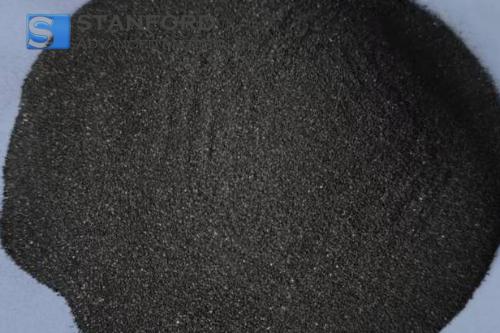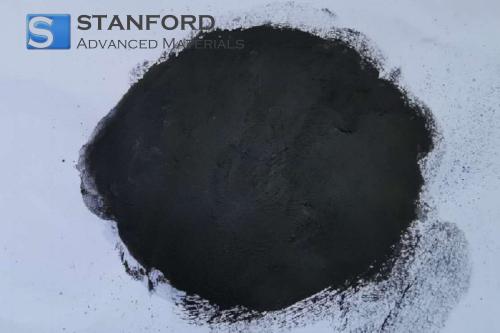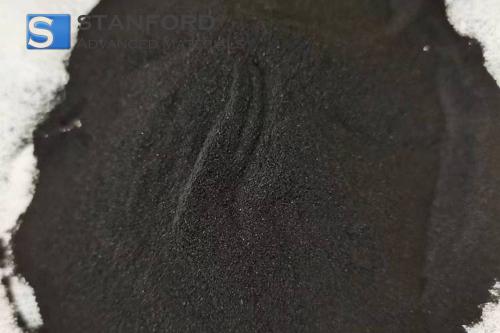List Of Metals Used In The Medical Field
Description
In the field of medicine, metals are an integral component. Numerous devices and implants depend on different types of metals. They are selected because they offer longevity and consistent performance. This article outlines various metals used in clinical applications, explains the criteria for selection and details specific uses in everyday practice.
The Importance of Metals in Medical Devices and Implants
Metals have been used in the medical sector for many decades. They are employed in devices such as pacemakers, artificial joints and dental implants. Metals are chosen for their hardness and wear resistance. They withstand bodily fluids without extensive corrosion. They also provide clear visibility on radiographic images. For example, stainless steel and Titan are two metals that have contributed to patient care. Stainless steel is used for surgical instruments, whereas Titanium is selected for implants given its strength and biocompatibility. These metals contribute to reduced recovery times and improved procedural outcomes.
Key Requirements for Medical Metals
For a metal to be selected for medical devices, it must meet several specific criteria.
l First, it must be non-toxic. The metal should not trigger harmful reactions when present in the body.
l Second, durability is essential. Medical implants and devices are exposed to mechanical loads and chemical influences. They must maintain structural integrity under these conditions.
l Third, the metal must be corrosion‐resistant. The human body contains various fluids and salts that can attack metals.
l Fourth, biocompatibility is critical. The body should accept the metal without eliciting an immune or allergic reaction.
l Finally, metals must be easy to process. They need to be formed, welded or machined into device components without a loss in strength.
Types of Metals in Medical Devices
Types of Metals Used in Medical Devices
l Several metals are frequently employed in medical devices due to their distinct properties. The most commonly used metals include:
l Titan is selected for its excellent biocompatibility and corrosion resistance. It is lightweight and stable, making it appropriate for implants such as joint replacements, dental implants and prostheses.
l Stainless steel is used for surgical instruments, orthopaedic implants and cardiovascular devices. Its resistance to corrosion and high tensile strength render it suitable for devices that encounter repeated loads.
l Cobalt-Chromium Alloys offer high strength and wear resistance. They are used for joint replacements and dental implants. These alloys are also resistant to corrosion, thereby ensuring long-term durability.
l Nickel-Titanium Alloys, also known as Nitinol, are employed in medical devices such as stents and guidewires. These alloys exhibit shape memory properties, which means they return to a preset shape upon heating.
l Gold is used for its electrical conductivity and biocompatibility in certain medical devices. It is found in implantable devices, including pacemakers and specific dental materials.
l Silver is utilised for its antimicrobial properties, particularly in wound dressings and surgical instruments. Its application helps to reduce the risk of infections during medical treatments.
Applications of Metals in Medical Devices
Metals are used in a range of clinical applications. In orthopaedics, metals provide the necessary strength in joint replacement implants. Patients with arthritis or injuries benefit from Titanium and Cobalt-Chromium implants. In cardiovascular treatments, metal stents are used to maintain arterial openness. These stents, often made from Nickel-Titanium alloys, conform to the natural curvature of blood vessels. In dentistry, metal alloys are used for crowns and bridges. Dental implants require the strength and durability of metals such as Titanium to function over many years. Surgical instruments form another significant application. Scalpels, forceps and clamps are generally manufactured from stainless steel because its corrosion resistance ensures hygiene and effective operation. Metals are also employed in prosthetics since they withstand daily mechanical stress. These applications demonstrate the role of metals in maintaining bodily functions and enhancing the quality of life. Further information is available at Stanford Advanced Materials (SAM).
Conclusion
Metals have a long record in the field of medicine. They support devices, implants and instruments through their specified properties. The selection of a metal is based on safety, strength and practical processability. In clinical practice, metals play a role in the repair and restoration of bodily functions. Their performance is documented in numerous cases. Given ongoing technological developments, research is investigating improved methods for employing metals in medicine.
Frequently Asked Questions
Q: Which metals are frequently used in medical implants?
A: Stainless steel, Titanium and Cobalt-Chromium alloys are commonly used in implants.
Q: Why is Titanium preferred for implants?
A: Titanium is selected because it is lightweight, maintains structural integrity and exhibits biocompatibility.
Q: What makes a metal suitable for medical applications?
A: Non-toxicity, durability, corrosion resistance and biocompatibility are essential factors.

 Bars
Bars
 Beads & Spheres
Beads & Spheres
 Bolts & Nuts
Bolts & Nuts
 Crucibles
Crucibles
 Discs
Discs
 Fibers & Fabrics
Fibers & Fabrics
 Films
Films
 Flake
Flake
 Foams
Foams
 Foil
Foil
 Granules
Granules
 Honeycombs
Honeycombs
 Ink
Ink
 Laminate
Laminate
 Lumps
Lumps
 Meshes
Meshes
 Metallised Film
Metallised Film
 Plate
Plate
 Powders
Powders
 Rod
Rod
 Sheets
Sheets
 Single Crystals
Single Crystals
 Sputtering Target
Sputtering Target
 Tubes
Tubes
 Washer
Washer
 Wires
Wires
 Converters & Calculators
Converters & Calculators
 Write for Us
Write for Us





 Chin Trento
Chin Trento



